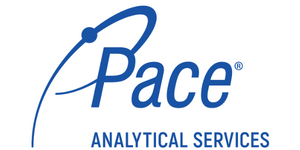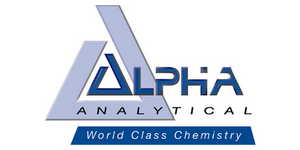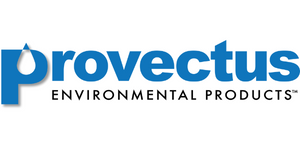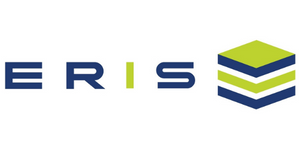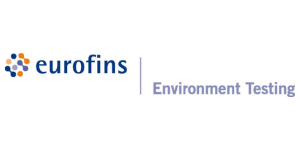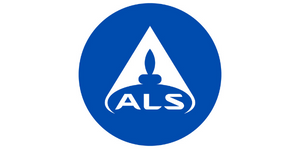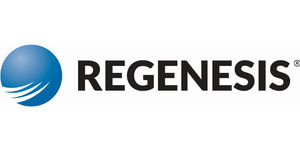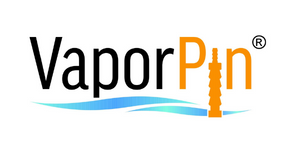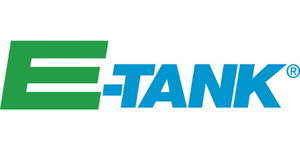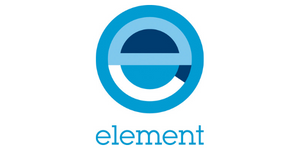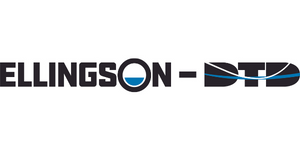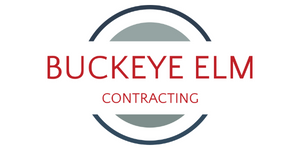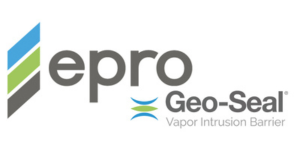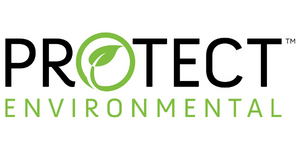WHEN:
Thursday, October 26th
@ 12:00pm EST
WHERE:
Indiana Government Center South (Conference Center Auditorium)
402 W Washington St, Indianapolis, IN 46204
Join MSECA on Thursday, October 26th, for an in-person educational event with a number of great presentations on Vapor Intrusion. Additional presentations are being finalized and will be added to the list:
12:00 PM – Registration & Exhibit Hall Open
Short Description
1:00 PM – A Quantitative Sub-Slab Passive Sampler Combining the WMS™ and the Vapor Pin® Capsule
Brent Pautler, SiREM
Craig A. Cox, CPG, Cox-Colvin & Associates
Laurie A. Chilcote, Vapor Pin Enterprises, Inc.
1:50 PM – Risk Communication – The Power of One-on-One Communication
Investigating and remediating environmental releases often necessitates communication with adjacent residential and commercial property owners. This is especially true when investigating the vapor intrusion (VI) pathway, as VI sampling methods require members of the community to allow environmental professionals into their homes and workspaces. The VI evaluation process can include activities, such as: inspections of all inside and outside areas of a property; interviews with occupants to discuss everyday behaviors, habits, and hobbies; evaluation of chemical and product usage; visible placement of sampling apparatus; and even drilling of holes in building foundations. These intrusive methods can give rise to many different concerns for the property owner and can create feelings of fear, anger, distrust, and result in very high emotional situations. Risk communication in these scenarios becomes key and implementing the right tool at the right time can help to alleviate some of the associated concerns.
Many tools are available to aid in the risk communication process. While large-scale mailings and public meetings can assist in disseminating information to many people in a short timeframe, and may be necessary for some projects, the value of one-on-one communication should not be underestimated. One-on-one communication can help build trust and collaboration, especially in such personal situations as investigations inside someone’s home. Consistent one-on-one communication can also prevent wide-spread panic and the need for large public meetings, which can draw unwanted media attention and create a sense of “us vs. them” mentality. This presentation will present several case studies where one-on-one communication proved successful at alleviating community members’ concerns and promoting collaboration, while moving projects forward towards the closure process. The presentation will also provide examples of how to incorporate on-on-one communication into larger public discussions, in the event a public gathering becomes a necessary part of the risk communication process.
Megan Hamilton & Sarah Jonker, Arcadis
2:25 PM – Sampling Methodology And Temporary Mitigation Methods For High Concentration Vapor Intrusion
Vapor intrusion assessment and remediation can be a complex process that takes a significant amount of time which can be exacerbated by difficulties associated with an active facility commercial/industrial facility. In some instances, high concentrations of chemicals of concern, often chlorinated solvents, may require immediate response for the facility to remain active. This presentation will go over a case study for an active industrial building in southwest Ohio where the successful implementation of several different sampling techniques combined with innovative temporary mitigation strategies allowed for the continued operations of the facility while the design and installation of a long-term vapor intrusion mitigation system could be implemented.
Brandon Kay, CEC, Inc.
Mr. Kay’s 8 years of experience include a diversified scope of environmental projects throughout the United States. Mr. Kay has served as a field technician and project manager for a variety of environmental assessment and remediation projects. His primary focus is assessing and mitigating environmental risks posed by impacted soil, soil gas, and groundwater using remediation, engineering controls and institutional controls, permitting, and regulatory interface, for commercial, industrial, municipal, state, and federal entities. He has extensive experience with sampling of soil gas, sub-slab soil gas sampling, indoor air sampling, and associated vapor intrusion evaluation and mitigation. Mr. Kay also has experience with environmental compliance and permitting, property condition and capital needs assessments, and stormwater regulations. Mr. Kay has been responsible for conducting and managing these services primarily throughout Ohio, Kentucky, and Indiana, but has completed projects across the United States.
2:40 PM – Break & Exhibit Hall
Short Description
3:10 PM – Horizontal Directional Well Installation for Sub-Slab Vapor Mitigation
Background/Objectives: Horizontal Directional drilling (HDD) methods have been utilized in the environmental industry for the installation of soil vapor extraction (SVE) systems since the late 1980’s. Over time, refinements in drilling equipment, steering/locating technology and well installation methodology has made the use of this drilling method an asset when it comes to accessing the inaccessible. One of the more prominent examples of this is the ability to provide vapor migration and sub-slab depressurization (SSD) beneath existing buildings when the size of the building and interior access issues poses problems.
Approach/Activities: The primary benefit for utilizing HDD wells for vapor mitigation is access. Existing large, occupied buildings that have a vapor source located beneath them can present unique challenges for traditional vapor barriers and perimeter vapor points. Utilizing HDD allows wells to be installed under complicated surface obstructions including occupied buildings, without disruption to ongoing site activities and can provide vapor mitigation to areas that would otherwise be inaccessible, with little or no impact to existing building operations.
Results/Lessons Learned: Our presentation provides a basic introduction to the HDD methods and the key considerations needed when applying the technology to well installations for vapor mitigation. Additionally, several recent projects detailing the effectiveness of HDD wells when used in conjunction with traditional SSD systems will be presented as case studies.
Brian Shinall, CHMM, Ellingson-DTD
Brian has been in the environmental consulting industry since 1996. As a native of Georgia, he has over 26 years of experience in environmental consulting and remediation across the southeast. He has held positions as both an Environmental Division Manager and Remediation Technology Lead during this time, working on both large- and small-scale remediation projects. His remediation footprint has ranged from the design and management of MPE and AS/SVE systems, large scale injections, soil blending/PRB installations and source removal sites. He is a Certified Hazardous Materials Manager (with a passion for fly fishing), and he has been hired by Ellingson-DTD to be the business development professional for the southeast.
4:05 PM – Real-Time Remote Monitoring of the Sub-slab Pressure Field
Maintaining a negative pressure differential is the core mechanic of ensuring an active depressurization system maintains a healthy indoor environment at sites with real or potential vapor intrusion risks. The current industry standard for assessing vapor mitigation system function is insufficient to ensure that the mitigation system can maintain a negative pressure differential during all seasonal and operational variations.
Recent advances in real-time wireless telemetry have enabled a solution to this problem. When actively monitoring the pressure field status, responsible parties can positively affirm that the active depressurization system maintains a safe indoor air environment and protects the occupants from exposure to cancer-causing vapors. Knowledge of the site-specific variations in the building dynamics from real-time pressure field telemetry also allows mitigation professionals to identify, modify, and correct any system deficiencies before health exposure and environmental liability risks are triggered.
Christopher Ferguson, Protect Environmental
Chris Ferguson is the Director of Products and Laboratory Operations at Protect Environmental. In addition to leading the laboratory operations for Protect, Chris utilizes his skills and experience from the last 18 years in the industry to identify new and existing opportunities for technological advancement and directs the research and development process to bring these solutions to market. Chris holds a B.S. in Chemistry from Butler University, and an MBA in Finance from the IU Kelly School of Business.
4:30 PM – Adjourn & INAEP Social
After the Meeting, we will join the Indiana Association of Environmental Professionals for a Social Event.
What: Networking Social
When: Immediately following the MSECA October Meeting
Where: 10 Hands Bar and Eatery, 41 W Washington St, Indianapolis, IN (Located inside the Westin Hotel)
Afterglow Networking Social:
After the Meeting, we will join the Indiana Association of Environmental Professionals for a Social Event.
What: Networking Social
When: Immediately following the MSECA October Meeting
Where: 10 Hands Bar and Eatery, 41 W Washington St, Indianapolis, IN (Located inside the Westin Hotel)
Registration:
We are offering discounted registrations for companies registering more than two attendees. In addition, any company registering 8 or more attendees will be able to send as many people from their company as they like at one flat rate.
Click the button below to fill out the registration form or if you have any questions, please send us an email at info@mseca.org.
Thank you to our Meeting Sponsors!
MSECA Consultant Member Registration
Individual
Attendee
$35.00
Up to 3
Attendees
$70.00
Up to 5
Attendees
$105.00
Up to 7
Attendees
$140.00
Unlimited
Attendees
$175.00
MSECA Environmental Industry Professional Members Registration
An Environmental Industry Professional membership is available to individuals that do not engage in the business of providing environmental consulting, science, and/or engineering services, do not provide products and/or services to environmental consultants, and do not provide legal services, but serve in an industry capacity that would benefit from the professional education provided by the Association.
Environmental Industry Professional can Join MSECA and receive discounted registration to all our educational events.
Individual
Attendee
$35.00
MSECA Non-Member Registration
Environmental Consulting companies and individuals can Join MSECA and receive discounted registration to all our educational events.
Individual
Attendee
$55.00
MSECA Government Member Registration
Government Agency Membership is free and allows all Regulators to attend MSECA events at the Member rate. Reach out to us.
Individual
Attendee
$35.00
Up to 3
Attendees
$70.00
Up to 5
Attendees
$105.00
Up to 7
Attendees
$140.00
Unlimited
Attendees
$175.00
MSECA Student Member Registration
Full-time students who join MSECA at our Student Member rate receive complimentary registration for this event. Contact us to sign up.
Individual
Attendee
$25.00
